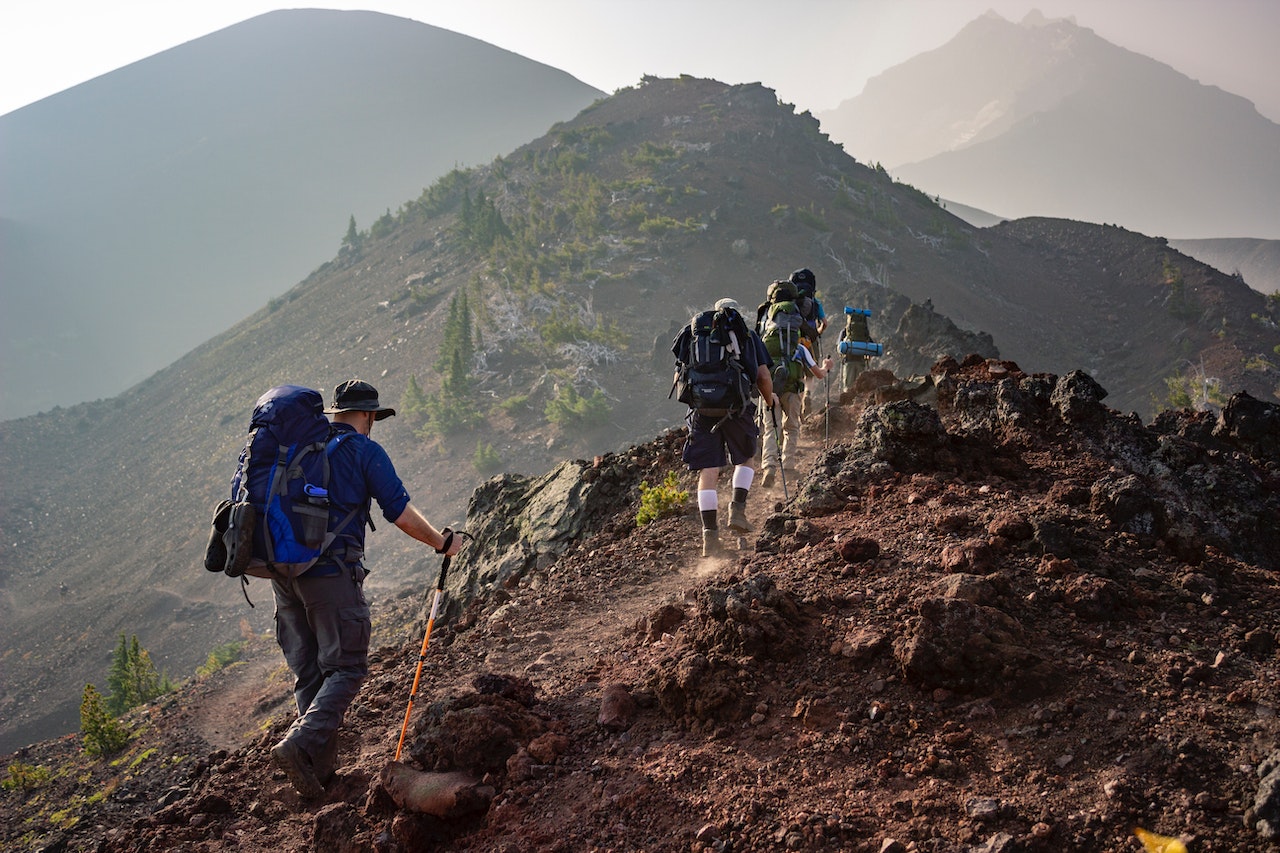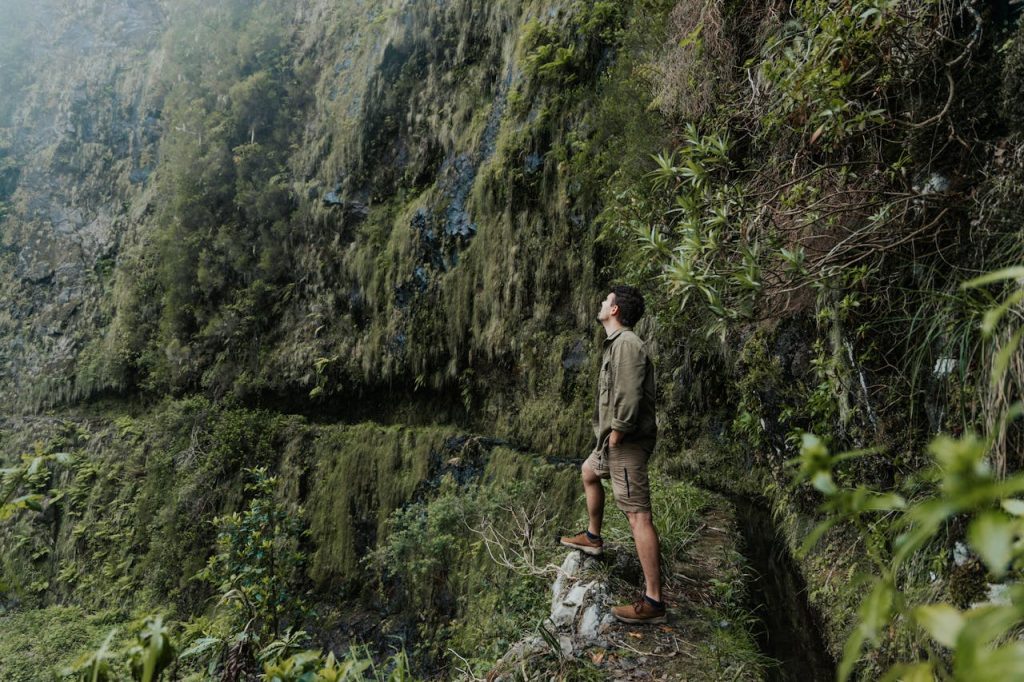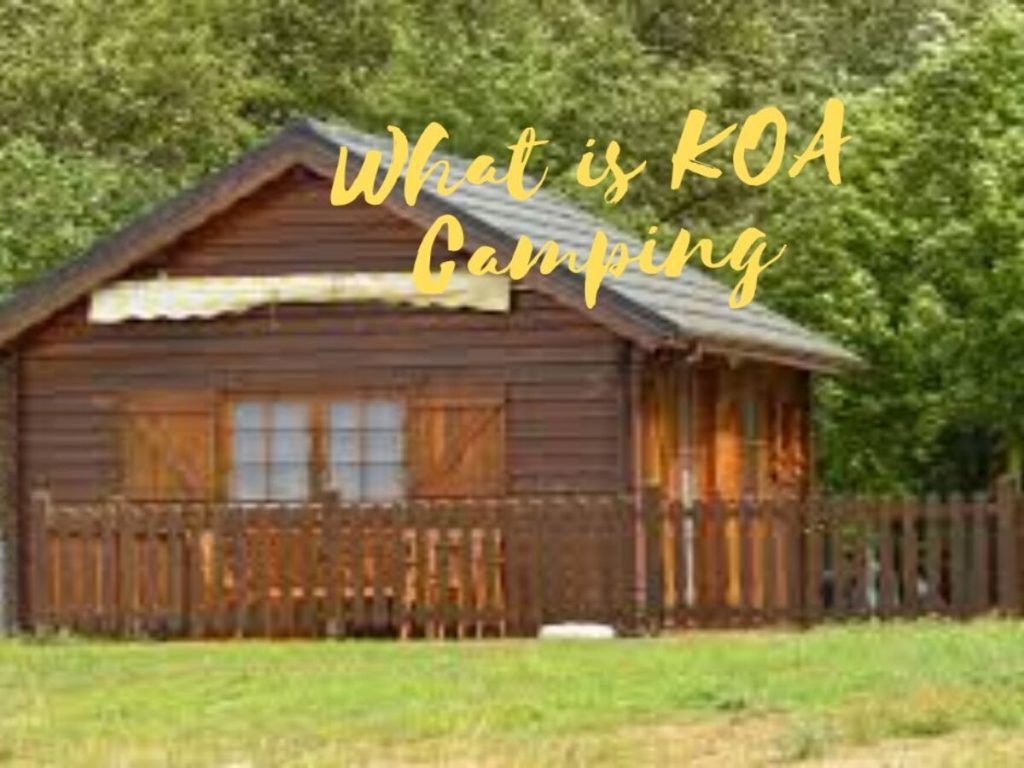Looking for an exhilarating and revitalizing way to explore the great outdoors? Hiking is the answer! This exhilarating activity involves trekking along trails and paths, often through picturesque natural settings such as forests, mountains, and parks. Whether you’re a seasoned hiker or just starting, hiking has something for everyone. With countless opportunities for adventure, breathtaking views, and physical challenges, hiking is the perfect way to connect with nature and push yourself to new limits. So, what exactly is hiking, and how can you embark on your journey?
Let’s dive in!
What is Hiking?
Table of Contents
ToggleHiking is an outdoor recreational activity involving walking on natural paths, trails, or tracks. It can occur in various settings, including forests, mountains, deserts, and parks. It can be leisurely or more challenging, depending on the trail’s difficulty level and the hiker’s fitness level.
Benefits of Hiking:
It has numerous physical and mental health benefits that are worth exploring, including:
Improved cardiovascular health:
It is an excellent way to enhance cardiovascular health. It increases your heart rate and improves blood circulation, which can help lower your risk of heart disease and stroke.
Enhanced muscle strength:
It involves walking on uneven terrain, which helps to strengthen your leg muscles, including your quadriceps, hamstrings, and calves. It will also help to tone your glutes and core muscles.
Increased bone density:
Hiking is a weight-bearing exercise that can help improve your bone density, reducing your risk of osteoporosis.
Reduced stress and anxiety:
Spending time in nature while engaging in physical activity can positively impact mental health by reducing anxiety and stress.
Improved mood:
It is known to release endorphins, which are natural mood boosters, leading to an enhanced mood and reduced stress and anxiety levels when spending time in nature.

Types of Hiking
Hiking is a versatile outdoor activity that can be enjoyed in various settings and terrains.
Some of the different types are:
Day hiking:
It is the most common type and involves completing a hike in a single day. Depending on the terrain and difficulty level, it can range from a stroll to a more challenging hike.
Backpacking:
Backpacking entails carrying all essential gear and supplies in a backpack while hiking and camping overnight, enabling you to discover less accessible regions and immerse yourself in nature for an extended duration.
Thru-hiking:
Careful planning and preparation are essential, and it may take several weeks or even months to finish.
Distance Hiking
It is a long-distance hiking experience that can take weeks or months to complete. It involves hiking a trail or route that spans a considerable distance, such as the Pacific Crest Trail or the Continental Divide Trail. This type requires careful planning and preparation and a significant commitment of time and resources.
Distance hikers often break their hikes into segments, resupplying with food and gear at various points. This allows them to carry less weight and cover longer distances each day. Some distance hikers also hike with a partner or group for safety and companionship.
Peak bagging:
Peak bagging involves hiking to the summit of a peak or mountain. It can be a challenging and rewarding activity that offers stunning views and a sense of achievement.
Trail running:
Trail running involves running on trails and is a popular way to combine exercise with the outdoors. It requires a higher fitness level and can be more challenging than hiking.
Winter hiking:
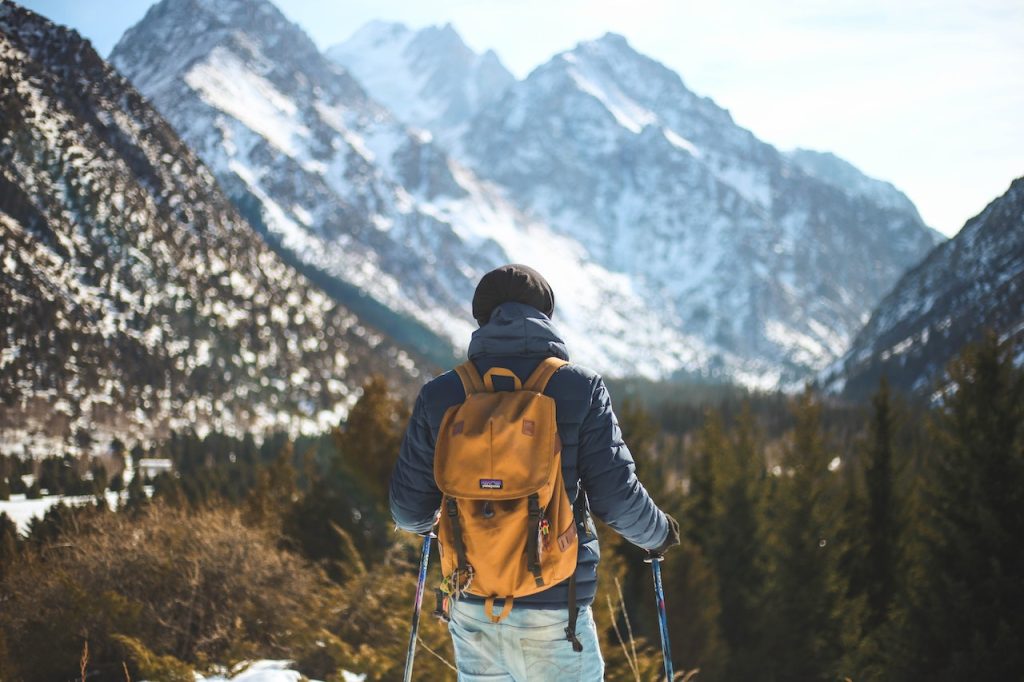
It involves snowy and icy conditions and requires special equipment and preparation. It can be a unique and beautiful way to experience the outdoors during winter.
Fast and Light
It is also known as ultralight hiking, which involves carrying only the essential gear and supplies to complete a hike quickly and efficiently. This type typically covers long distances in a short time and requires a higher level of fitness and skill. The focus is on minimizing weight and maximizing efficiency to move quickly and comfortably over challenging terrain.
What is the difference between hiking and walking
Hiking and walking are both forms of physical activity that involve walking outdoors, but there are some critical differences between the two.
Hiking typically involves walking on trails or paths through natural environments, such as forests, mountains, or national parks. It often involves more physical exertion, including uphill climbs, uneven terrain, and obstacles like rocks, streams, or fallen trees.
On the other hand, walking can take place on various surfaces, including sidewalks, roads, or tracks. It is usually a low-impact activity done slower and focuses more on getting from one place to another rather than exploring natural surroundings.
Here are some other key differences between hiking and walking:
Terrain:
It often occurs on the rugged, natural landscape, while walking is usually done on smoother surfaces.
Distance:
Hiking often involves covering longer distances than walking, with hikes ranging from a few miles to dozens of miles.
Equipment:
It typically requires specialized gear and equipment, such as boots, backpacks, and trekking poles, while walking can be done in regular athletic shoes and clothing.
Intensity:
Hiking is often more intense and physically demanding than walking due to the challenging terrain and longer distances.
While hiking and walking offer numerous health benefits, such as improved cardiovascular health, increased muscle strength, and reduced stress, it provides the added benefit of exploring and connecting with nature. Regardless of your chosen activity, getting outside and moving your body can help improve your overall health and well-being.
Getting Started with Hiking:
Here are some valuable tips to help you begin:
- Begin by selecting a trail that suits your fitness level, and progress gradually to more challenging trails as you gain experience.
- Wear appropriate clothing and footwear: Wear comfortable clothing appropriate for the weather conditions, and wear sturdy, comfortable footwear that provides good traction.
- Ensure you bring ample water and snacks to stay hydrated and energized during your hike.
- Know the trail and its difficulty level: Before you start your hike, research the trail and its difficulty level to ensure you are prepared for the terrain and elevation changes.
- Hike with a partner or group: To hike with a partner or group can make the experience more enjoyable and safer, especially if you are new to hiking.
Hiking Gear
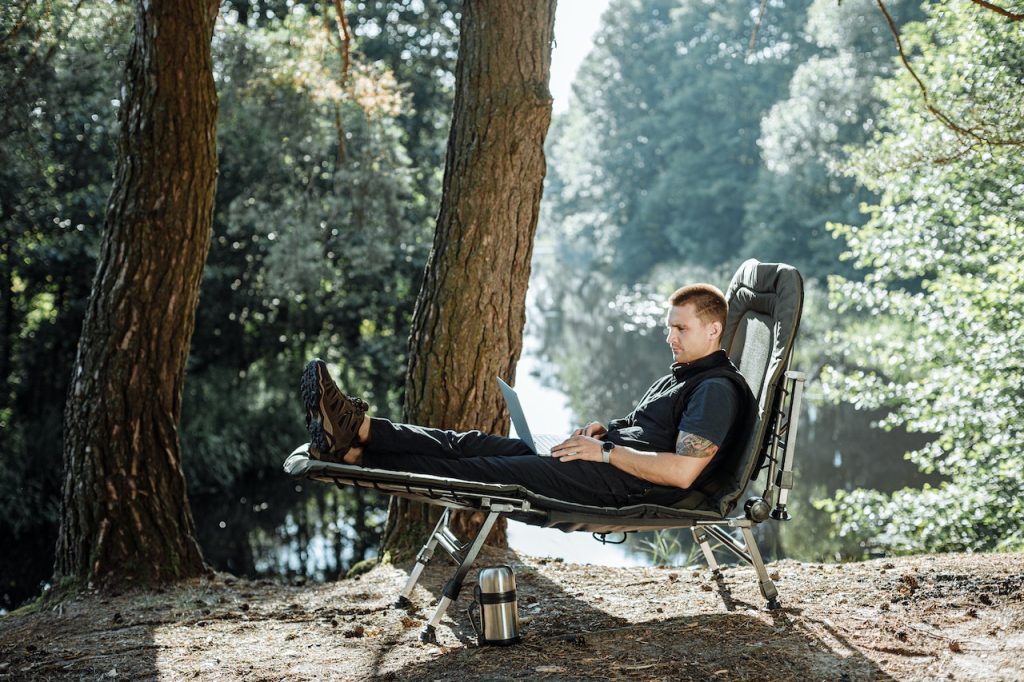
The right hiking gear is crucial for a safe and enjoyable adventure. Here are some of the items you might need for your next trek:
- Backpack
- Hiking shoes or boots
- Socks
- Quick-drying pants or shorts
- Long-sleeved shirt
- T-shirt
- Fleece jacket or vest
- Rain jacket or poncho
- Hat or cap
- Sunglasses
- Sunscreen
- Insect repellent
- Map
- Compass
- GPS device
- Headlamp or flashlight
- First-aid kit
- Emergency whistle
- Water bottles or hydration system
- Water filters or purification tablets
- Snacks or energy bars
- Lightweight stove and fuel
- Cooking pot and utensils
- Sleeping bag
- Sleeping pad
- Tent or shelter
- Trekking poles
- Multi-tool or knife
- Duct tape
- Garbage bags
The necessary gear for your hike will vary depending on factors such as the duration and difficulty of the trek, weather conditions, and environment. Always research the trail or route beforehand and pack accordingly to ensure you have everything you need for a safe and enjoyable experience.
Hiking Lingo
Hiking has its unique language and terminology. Here are some standard lingo terms you may encounter on your next adventure:
Trailhead:
The starting point of a hiking trail.
Switchback:
A zigzagging trail that ascends or descends a steep incline.
Summit:
The top of a mountain or hill.
Peak bagging:
The act of hiking to the summit of multiple peaks.
Trailblazing:
Marking a new hiking trail or creating a new route.
Bushwhacking:
It is done through dense vegetation or off-trail.
Scrambling:
Climbing up or down steep, rocky terrain using hands and feet.
Cairn:
A cairn is a stack of rocks often used to mark a trail or show the way in a particular direction.
Yogi-ing:
The art of obtaining food or gear from other hikers through friendly conversation and persuasion.
Leave No Trace:
A set of outdoor ethics encourages hikers to minimize their environmental impact by packing out all trash and avoiding damaging vegetation.
Thru-hiking:
It is a long-distance trail from start to finish without extended breaks.
Section hiking:
It refers to trekking a long-distance trail in portions over a while rather than all at once.
Ultralight:
A philosophy of hiking that emphasizes carrying only the essentials to minimize weight and increase efficiency.
SOBO: Southbound
– Regarding long-distance trail hiking, “SOBO” stands for “Southbound,” which entails trekking from north to south.
NOBO:
Conversely, “NOBO” means “Northbound,” which involves hiking from south to north.
Hiking terminology can be a fun and helpful way to connect with other hikers and immerse yourself in the hiking community. Knowing this, you can better communicate with fellow hikers and deepen your appreciation for this experience.
FAQs
Q: Is hiking a good form of exercise?
A: Yes, it is a unique form of exercise that endows numerous physical and mental health benefits.
Q: What equipment do I need?
A: You will need appropriate footwear, comfortable clothing, a backpack, plenty of water, and snacks for your hike.
Q: How do I know which trail to choose?
A: Choose a trail that matches your fitness level and research the course and its difficulty level before you hike.
Q: Is hiking safe?
A: It can be a safe activity if you take the necessary precautions, such as wearing appropriate footwear, bringing enough water and snacks, and making it with a partner or group.

Conclusion:
Hiking is an exceptional outdoor activity that offers many physical and mental health benefits. Not only does it provide an opportunity to marvel at nature’s magnificence, but it also helps keep your body fit and your mind at ease by reducing stress and anxiety.
Start with a trail that matches your fitness level, wear appropriate gear, bring water and snacks, and respect the environment.
Taking the necessary precautions and showing reverence for the environment can be a safe and pleasurable activity. So why wait any longer? Seize your shoes and relish the bounties of nature!
Whether you’re searching for breathtaking vistas or a quiet escape from the chaos of city living, it promises to provide a rejuvenating experience that will leave you feeling refreshed and inspired.
You May Also Like…
How to Store Food while Camping
Journey of Transformation: Before and After Pacific Crest Trail Experiences

